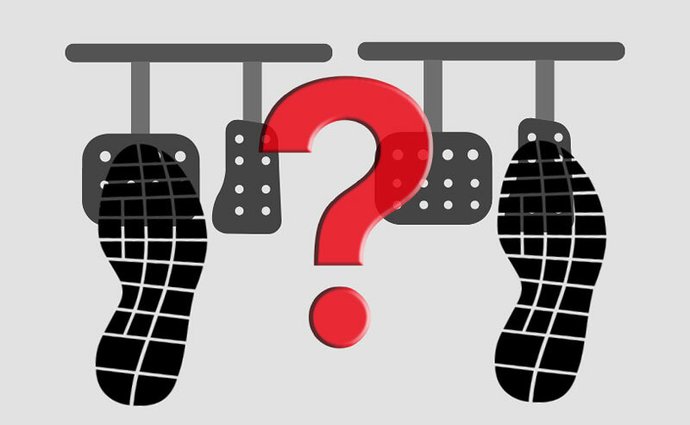There are many myths and bad habits when it comes to working with pedals. Avoid them for a safe, gentle and smooth ride.
Heel under the brake, not under the gas
Most drivers have their foot or heel under the gas pedal. This is understandable, for example, on the highway, but in the city it should be the exact opposite. This is because the brake is more important for safety than the gas, and placing your heel under the brake pedal (and dialing it to the gas) reduces the reaction time before braking.
When braking first clutch or brake?
If you have a manual transmission, sooner or later the clutch must also be depressed when braking, in short, so that the engine does not end up under-revving or even dying. Until then, however, we recommend leaving the clutch not depressed so that the engine itself can also help the brakes with deceleration. This saves both brakes and fuel and provides better control over the vehicle itself.
Use one or both legs?
Our primary advice is: with an automatic transmission, only use your right foot, i.e. the brake and gas pedals. Most people have more feeling in their right foot, and you apply the brake more precisely.
The left foot should be placed in a designated area, usually the area on the left side of the footwell, also known as the dead pedal. By placing your foot here, you also avoid the need to step on the clutch, which can be experienced from driving a manual car.
Sports enthusiasts or competitors use the left foot to brake, but this technique is “higher girlish”, confusing for most drivers and essentially unnecessary.

What happens when you press the brake pedal and gas pedal at the same time?
This scenario can have multiple implications depending on how old your car is, whether it has a manual or automatic transmission, or whether it has front, rear, or all-wheel drive. Newer cars often simply won’t allow you to press the brake and gas pedal at the same time.
An automatic clutch transmission uses a clutch (or two clutches in the case of dual-clutch transmissions) that the vehicle automatically engages when it needs to go.

Unlike a torque converter, the clutch does not allow any slippage, so it cannot be left engaged when the car is not moving, otherwise the engine may stall or the clutch plate may burn.
If you try to start quickly using the brake and gas at the same time with a regular car, this procedure puts a strain on the engine, transmission and braking system.
However, in most performance cars, the practice of simultaneously pressing the brake and gas is quite common and is called launch control. It allows the car to get the maximum possible acceleration from a standstill by automatically disengaging the clutch when the brake is depressed.
2023-05-18 04:00:47
#Czech #drivers #legs #pedaling #correctly

